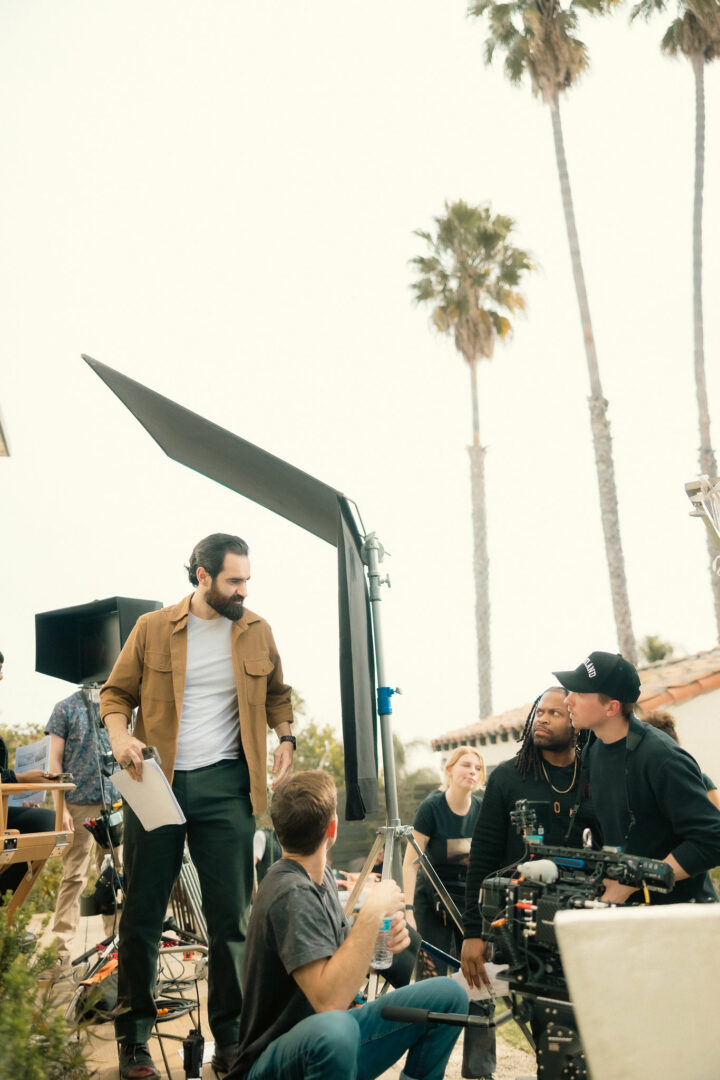We’re looking forward to introducing you to Regis Terencio. Check out our conversation below.
Regis, we’re thrilled to have you with us today. Before we jump into your intro and the heart of the interview, let’s start with a bit of an ice breaker: Who are you learning from right now?
I’m learning from several leaders who have cracked the code on for-profit social impact. Say, Marc Benioff’s 1-1-1 model at Salesforce shows how you can build purpose into your business DNA, while Matt Pohlson’s work at Omaze proves you can scale social good through innovative business models. I’ve been really intrigued to learn from these great minds on how to build a wildly successful business that generates massive income while driving social impact. And something in common I keep seeing in these leaders is their insatiable hunger for growth, not just revenue growth, but impact growth. Which really speaks to me too. Also, they both had ideas that seemed absurd at the time but transformed entire industries.
On the personal side, I’ve been diving into some great books lately — The Next Conversation by Jefferson Fisher, The Mask of Masculinity by Lewis Howes, and Pitch Anything by Oren Klaff.
Can you briefly introduce yourself and share what makes you or your brand unique?
I’m Regis Terencio, a senior creative production leader specializing in large-scale projects for major brands across tech, health, and non-profit sectors. Over the past 15 years, I’ve built a track record of delivering both creative excellence and measurable business results – from helping secure over $19 million in financing to managing production operations with budgets reaching $3 million for companies like Microsoft, Intel, and Ryze Mushroom Coffee.
Most recently, I produced the SciFi psychological thriller ‘The Abandon’ released by Lionsgate, which became their highest-rated indie release in 2024. That project really demonstrated how strategic production leadership can scale creative vision while delivering significant ROI.
What drives my work is this conviction that entertainment and business strategy aren’t separate disciplines, but they’re most powerful when integrated. That’s why I’m now developing SCAYE, a venture focused on proving that profitable businesses can drive substantial social impact. I’ve seen how leaders like Marc Benioff and Matt Pohlson have built wildly successful companies while creating meaningful change, and that’s the model I’m pursuing.
My approach combines international production experience (I’ve led teams of up to 80 across multiple countries) with a strategic mindset around innovation. Whether that’s integrating AI for production efficiency or developing new workflows that reduce costs by 40%, I’m always looking for ways to optimize without compromising the storytelling.
What I’ve learned is that the most ambitious creative projects often become the most profitable ones when you approach them with the right strategic framework. That intersection of creativity and business strategy is where I do my best work.
At this stage of my career, I’m most interested in senior roles where I can build and scale creative production operations that don’t just deliver beautiful stories, but also drive measurable impact for brands and communities.
Amazing, so let’s take a moment to go back in time. Who saw you clearly before you could see yourself?
Two mentors fundamentally shaped how I approach business and creative leadership today.
The first was Rubem Paulo Saldanha, currently Senior Public Sector Business Development Manager at Amazon Web Services, but back in the early 2000s he was my manager when I was a trainee at Microsoft Brazil. Rubem had this strategic approach to mentorship with weekly one-on-ones where he’d ask the right questions to help me discover what he called my ‘unlimited potential.’ His guidance led me to develop an educational storytelling project that became so successful, I ended up representing Brazil as a case study and presenting it to Bill Gates at the 2008 GLF forum in Miami.
When Rubem moved to Intel Education, he brought me with him. But here’s what really showed his leadership, when I eventually decided to pursue my career in entertainment, he was the first person to see through my hesitation and say what I couldn’t: ‘You don’t belong in Brazil, you belong in Hollywood.’ That was in fact my ultimate goal, but I thought it was beyond reach. His conviction gave me the courage to pursue it.
The second was Jason Satterlund, a filmmaker I connected with through what I call “reverse networking.” I was still in Brazil, had seen his feature The Record Keeper, and wanted to work with him. Instead of just reaching out as a fan, I created value first and offered to organize a film workshop for him in Brazil. I sold it out, handled logistics, and during his second week, I helped raise $2 million for his next feature by connecting him to investors. At the time I was focusing my efforts in my acting career, and that’s when Jason told me something that changed my trajectory: “You might be a great actor, but you’re an excellent producer. You should do that more.” He saw my strategic thinking and business development skills before I fully recognized them as core strengths. And we’ve been collaborating ever since. In fact, Jason directed ‘The Abandon’, the Lionsgate SciFi feature I produced during my second year living in Los Angeles.
Both mentors taught me that the most valuable skill is seeing potential. In projects, in people, in opportunities. And then building the strategic framework to realize it. That’s become central to how I approach every production and business relationship today.
What did suffering teach you that success never could?
When I got stuck in Brazil during the pandemic, I watched everything I’d been building in the US just slip through my fingers. I missed the first screening of my feature film, and then when I finally made it back to the US, the writers and actors strikes hit, the industry stopped and my savings drained to nothing. That’s all during my first years of marriage. It felt like the universe was conspiring against me.
I fell into severe depression with really bad social anxiety. I was literally locking myself every day in a tiny closet with no windows, 2feet by 2feet, working on my computer day and night, barely eating. I lost so much weight, got physically and mentally weak, and honestly, I didn’t recognize myself in the mirror anymore. All those great stories of things I used to accomplish with ease, that all seemed so far in history. That guy didn’t exist no more. I felt completely broken.
Years of therapy weren’t cutting it, and that’s when a friend suggested something I never would have thought of, testing my testosterone levels. Normal range for men is somewhere between 500-800, but mine came back at 80. The doctor thought it was a mistake and ordered new tests. 80 again. He was shocked and said he’d never seen levels that low in someone in their 30s.
Once I started testosterone treatment (all done properly with doctors monitoring everything) it was like I came back to life. That insatiable hunger for personal growth and accomplishments returned. The drive to keep challenging myself, to reach what my old mentor used to call my ‘unlimited potential.’
What that whole experience taught me is that sometimes the solution to what seems like an impossible situation is something you never even considered. Before all this, I used to be the guy who would never accept no for an answer, who would aim at the most absurd goals. And I hadn’t seen that guy in a very long time, but then, he was back. Suddenly I could see myself in the mirror again. And that felt so good.
My wife Becky was incredible through all of this, and honestly, coming through that period made me stronger and wiser (I think?).
Throughout all this, I kept thinking about something I learned when I was working with Rockset, a production company in southern Brazil that does a lot of automotive work. When I walked into their office for the first time I noticed this huge canvas on the wall with a photograph of a racing car tearing through mud, splashing it everywhere.
One of the owners, Rodrigo Barbosa, told me the story behind that photo. He said in racing, when your car feels like it’s breaking down and you think you can’t push any harder, that’s exactly when you need to floor the gas pedal. Because if you let it come to a complete stop, it becomes so much harder to get moving again. They kept that photo on the wall as a reminder to apply the same principle in business.
During my hardest moments, when I was broken, almost coming to a complete stop, I kept thinking about that racing car. There were so many times I thought I had nothing more to give, but I kept pushing the gas until I was finally able to speed again.
Next, maybe we can discuss some of your foundational philosophies and views? What truths are so foundational in your life that you rarely articulate them?
I truly believe stories are the best way to really change people’s minds.
When we really want people to understand something important to us, our instinct is to throw a lot of data and all this information at them, all these facts and figures. But that’s not how people actually have a real mindset change.
Stories work differently.
When you tell someone a story, you leave an open end for them to reach their own conclusions. You have to trust people’s judgment. And sometimes their conclusion might just be like 10% of the full message you wanted to get across, but there’s something very powerful about that tiny conclusion that people reach on their own. They become super faithful to it, because now it’s theirs. Their truth.
Stories touch people’s hearts first before they reach their brains. And the more important the topic is, the more we need people to come to that conclusion on their own, from the inside.
Think about Jack Ma, founder of Alibaba, who built this massive empire. He said that every time he got rejected and went home feeling like a complete failure, sometimes even wanting to give up entirely, he would watch Forrest Gump again. And that story made him want to keep going one more day. A well-told story was all that was needed. Look where he is now. I’ve seen this work in my own life too. We can use stories to promote changes on a small scale, but also on a large scale. It’s not about what story you tell, but how you tell the story.
I don’t know, maybe it sounds too idealistic, but I think if you’re creating content that reaches people, you have a responsibility to think about what kind of influence that is. Because stories have this incredible power to shape how we see ourselves and the world around us. That applies whether I’m producing a film or crafting brand strategy. And once you change how someone (or a team) sees something, you’ve changed everything.
Okay, so let’s keep going with one more question that means a lot to us: What is the story you hope people tell about you when you’re gone?
I hope people will say that I didn’t just produce projects, I produced possibilities. That I had this way of taking ideas that felt too big, or too risky, and making them real. And that inspired them somehow.
If someone says “Regis made me believe I could do more than I thought I could”, that would mean a lot to me. Because at the end of the day, films, campaigns, even companies, they all come and go. But if people walk away, either from stories I left behind or from working with me, feeling braver about their own potential, that’s the kind of story I’d want told.
Contact Info:
- Website: https://www.registerencio.com
- Linkedin: https://www.linkedin.com/in/registerencio/
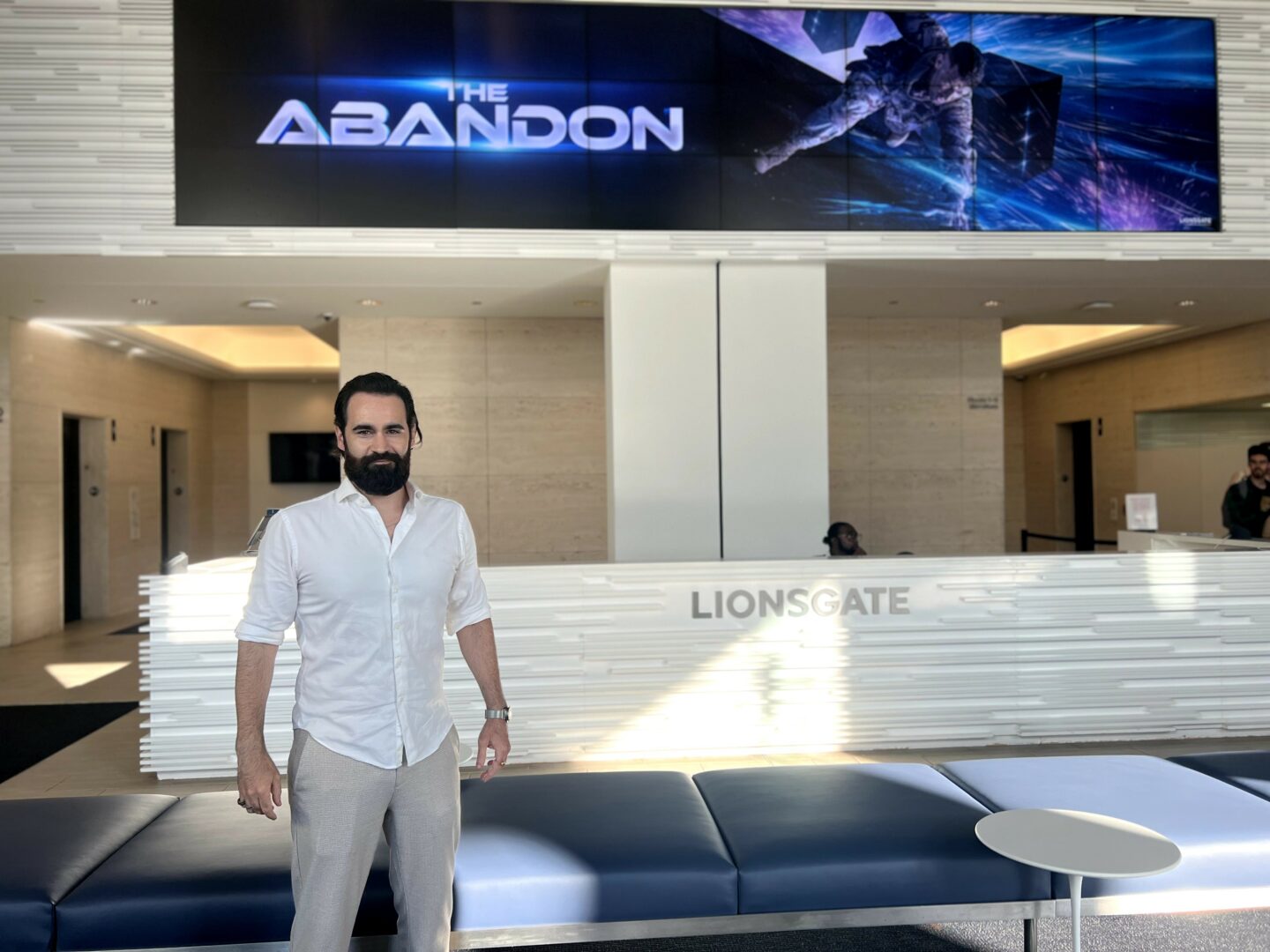


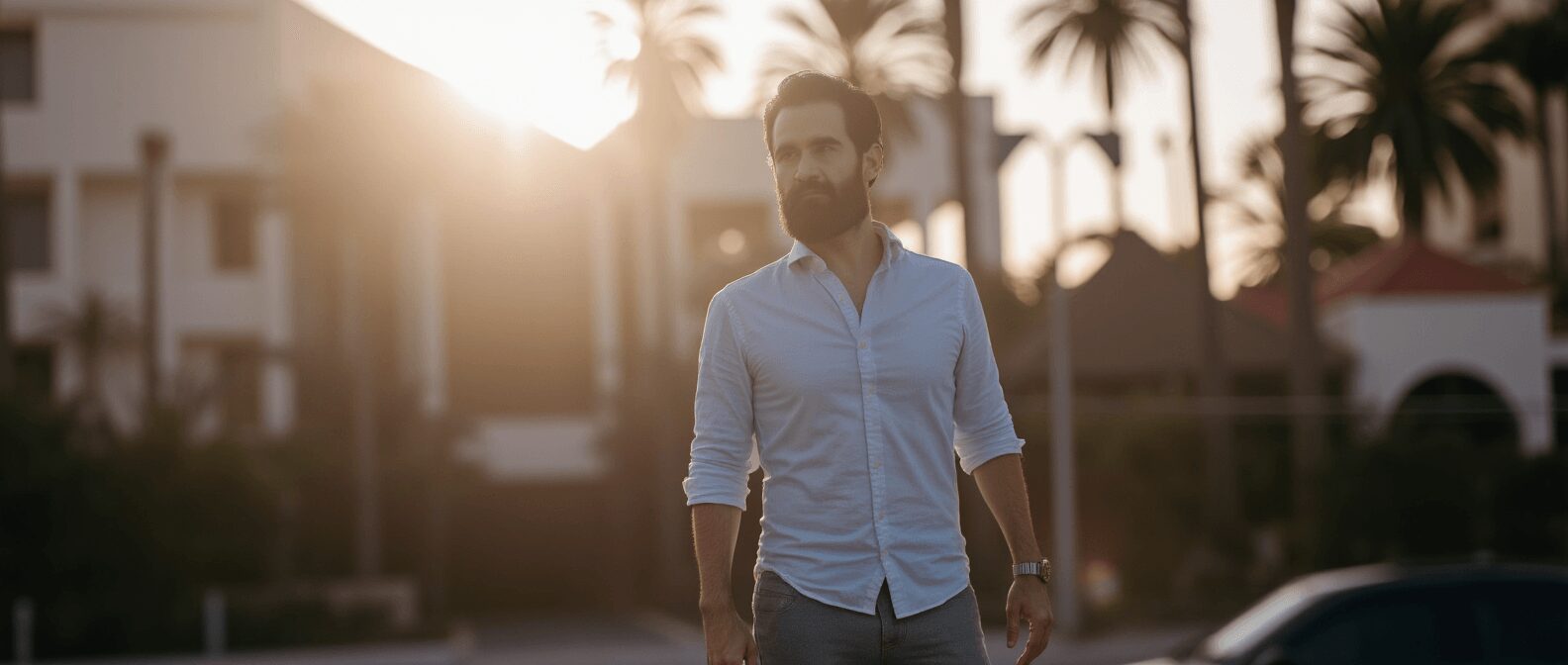
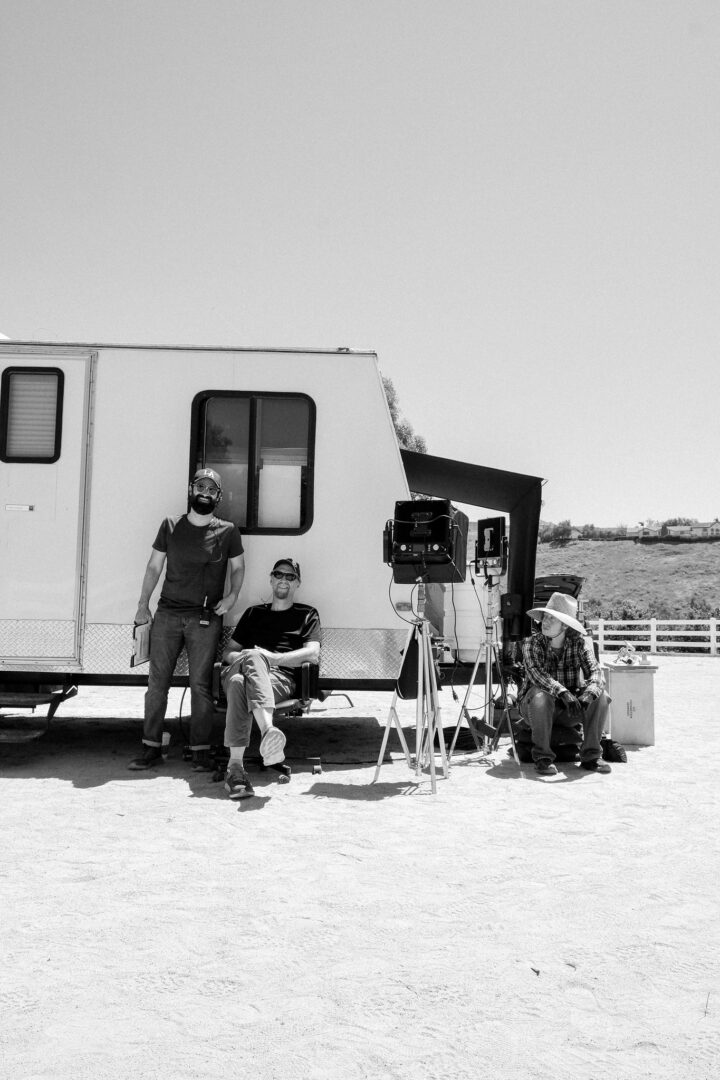
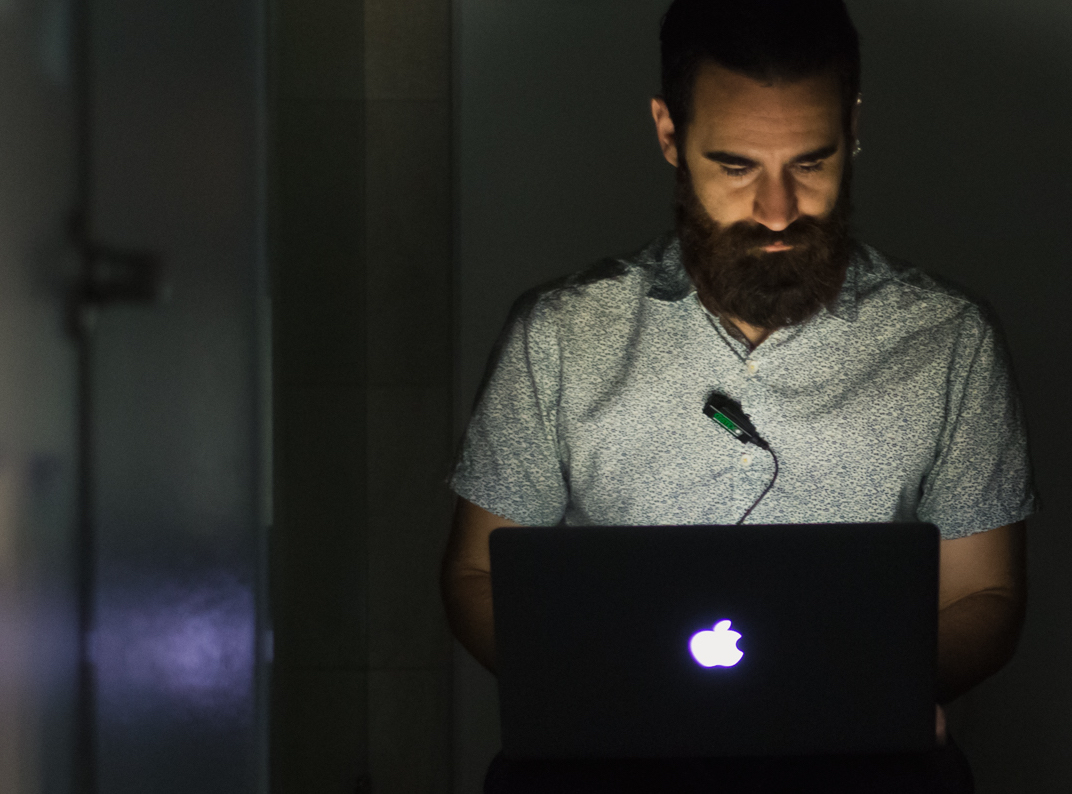
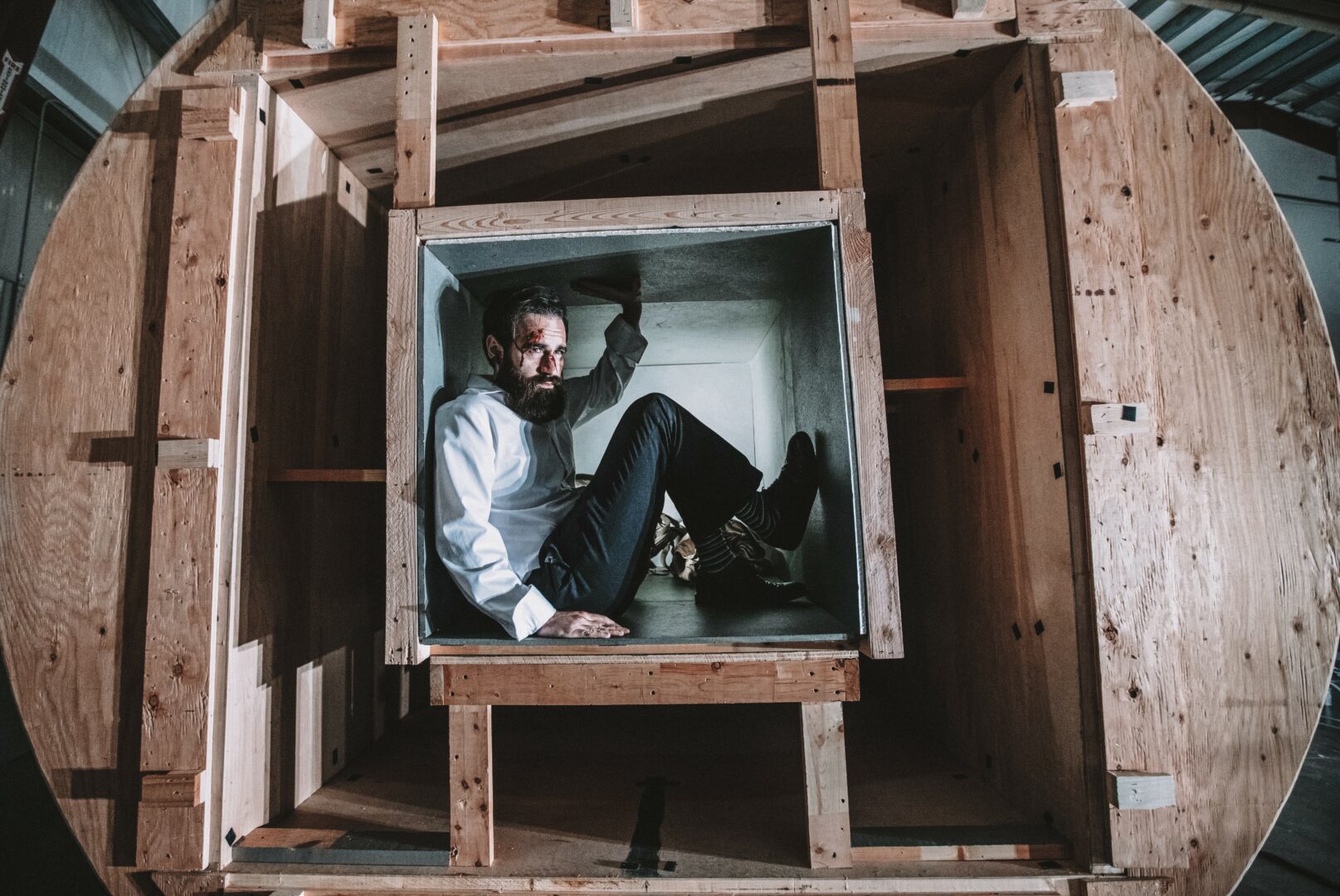
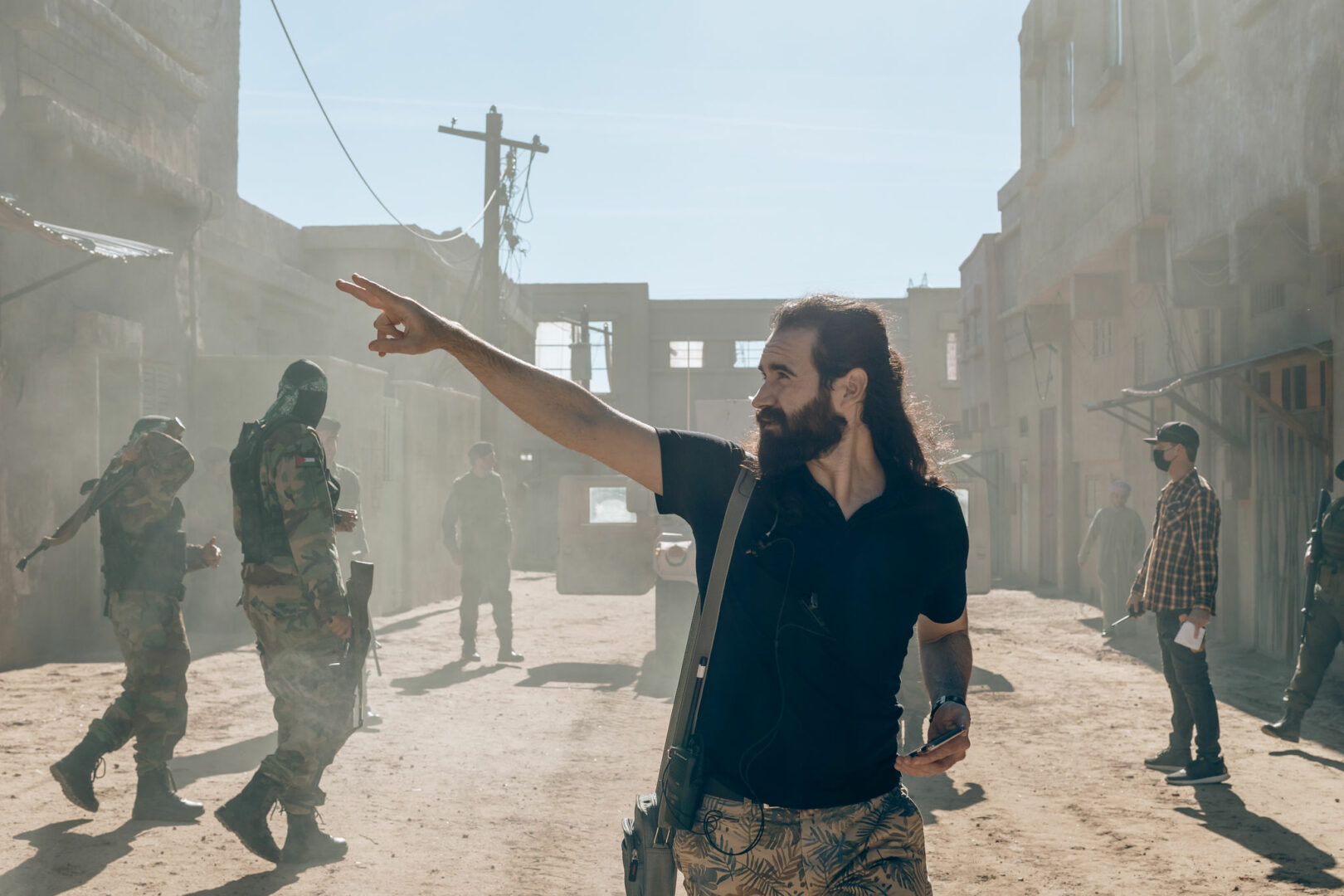
Image Credits
Neil Tyler
Tony Duque
Tanya Musgrave
so if you or someone you know deserves recognition please let us know here.

